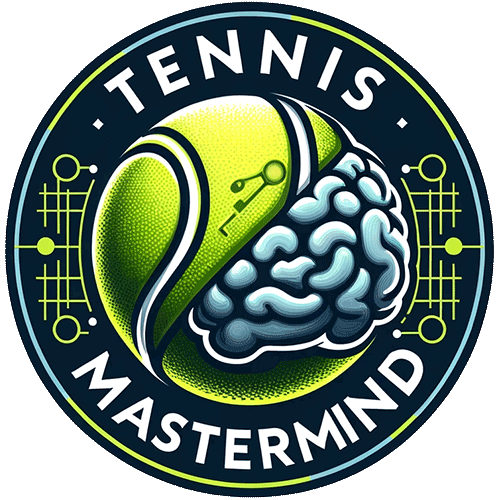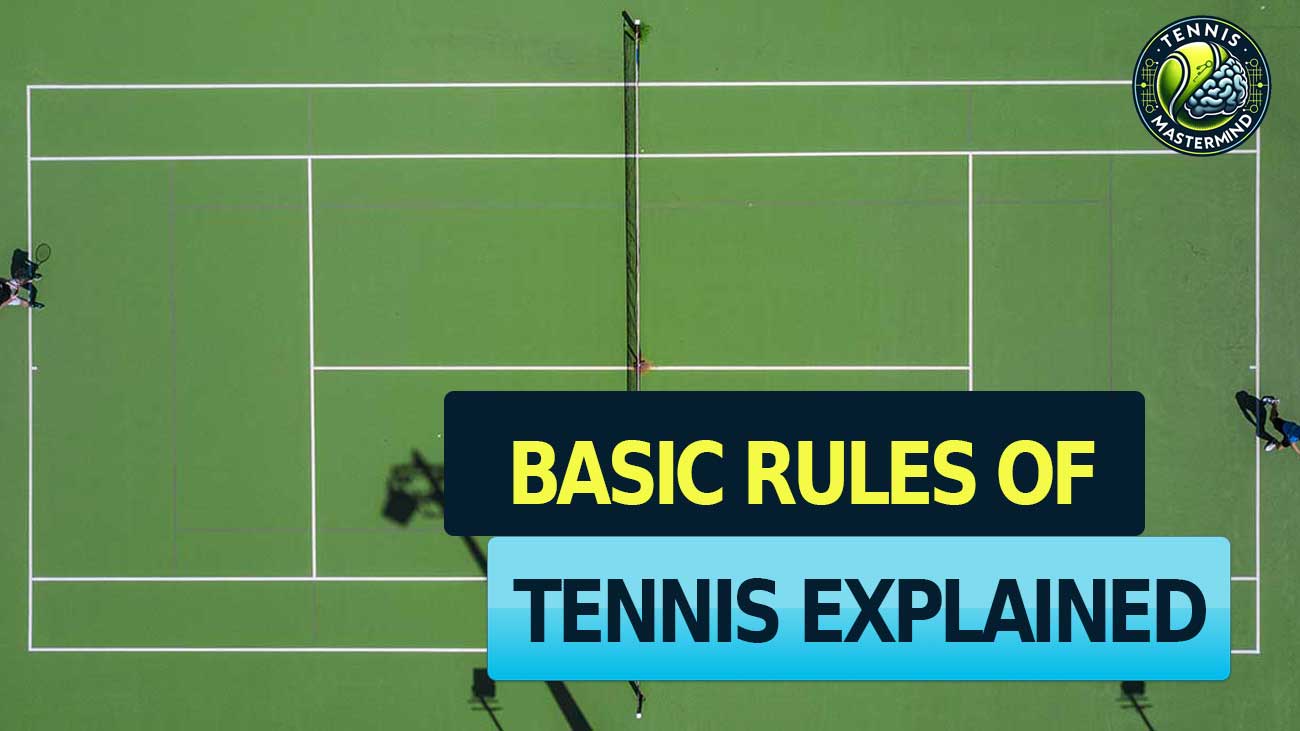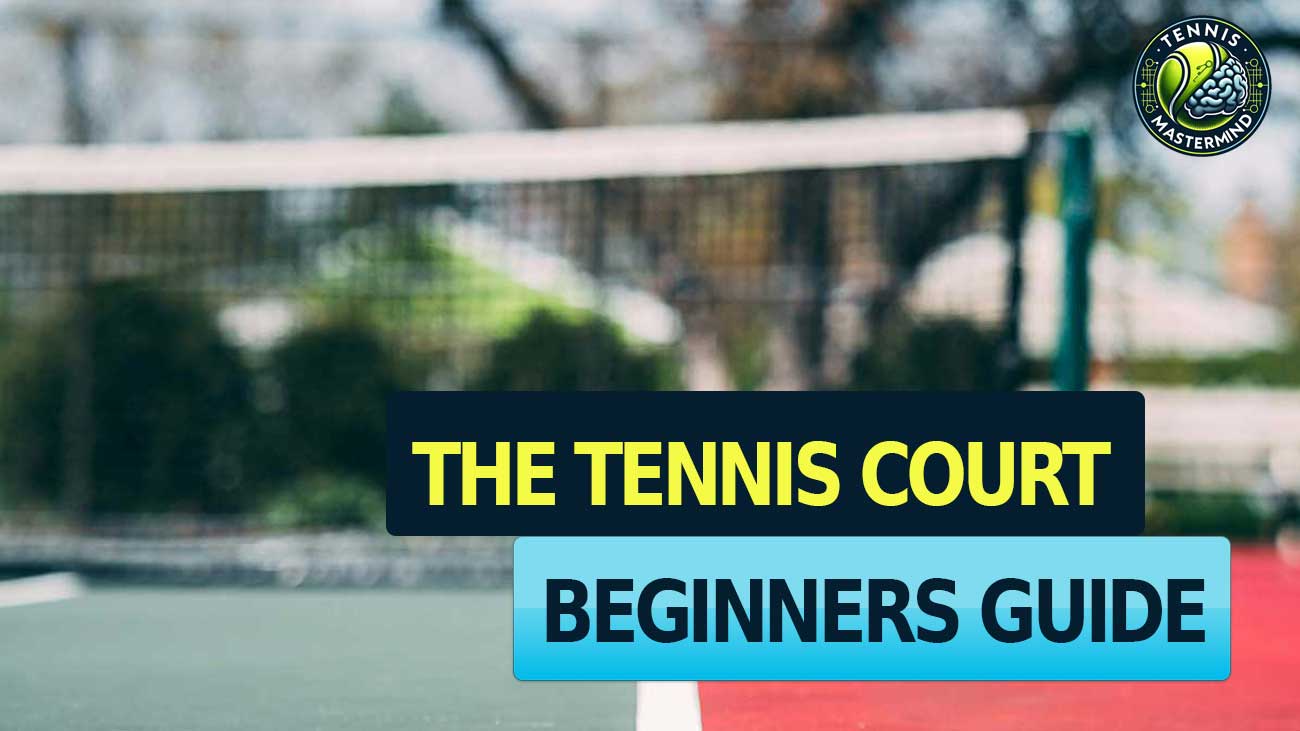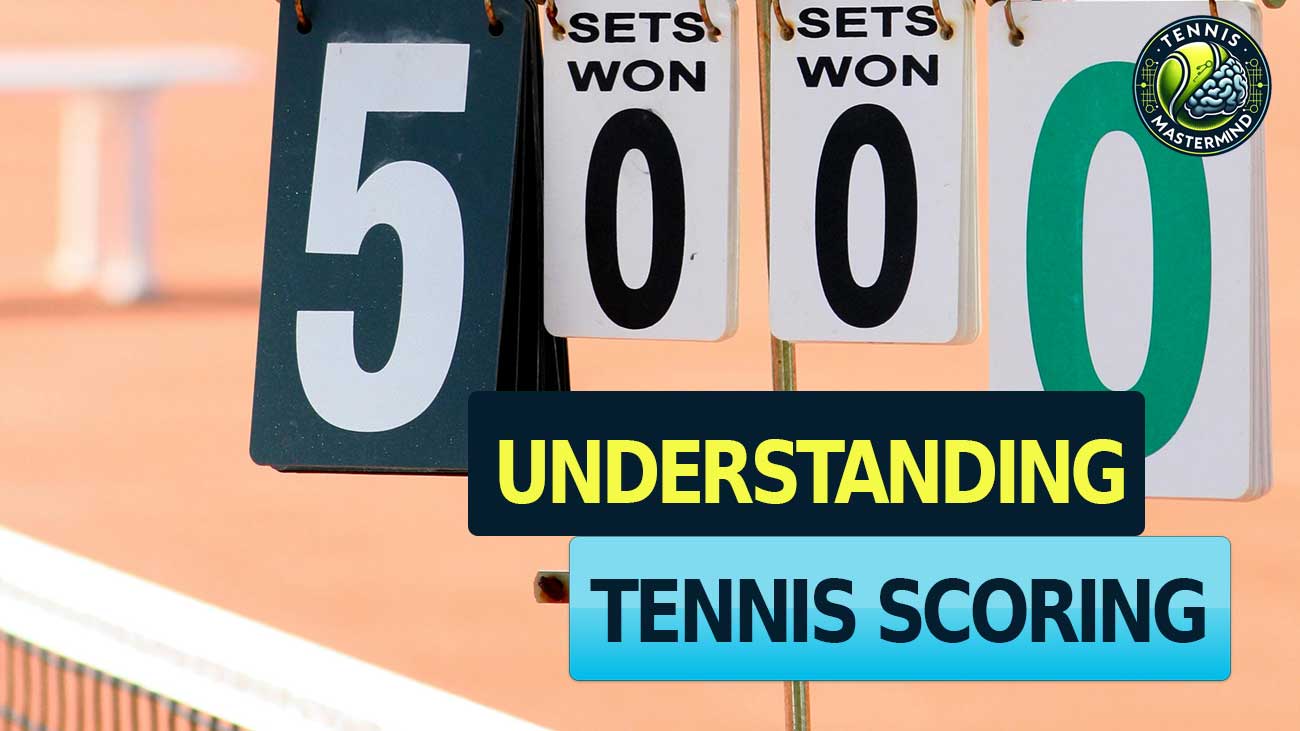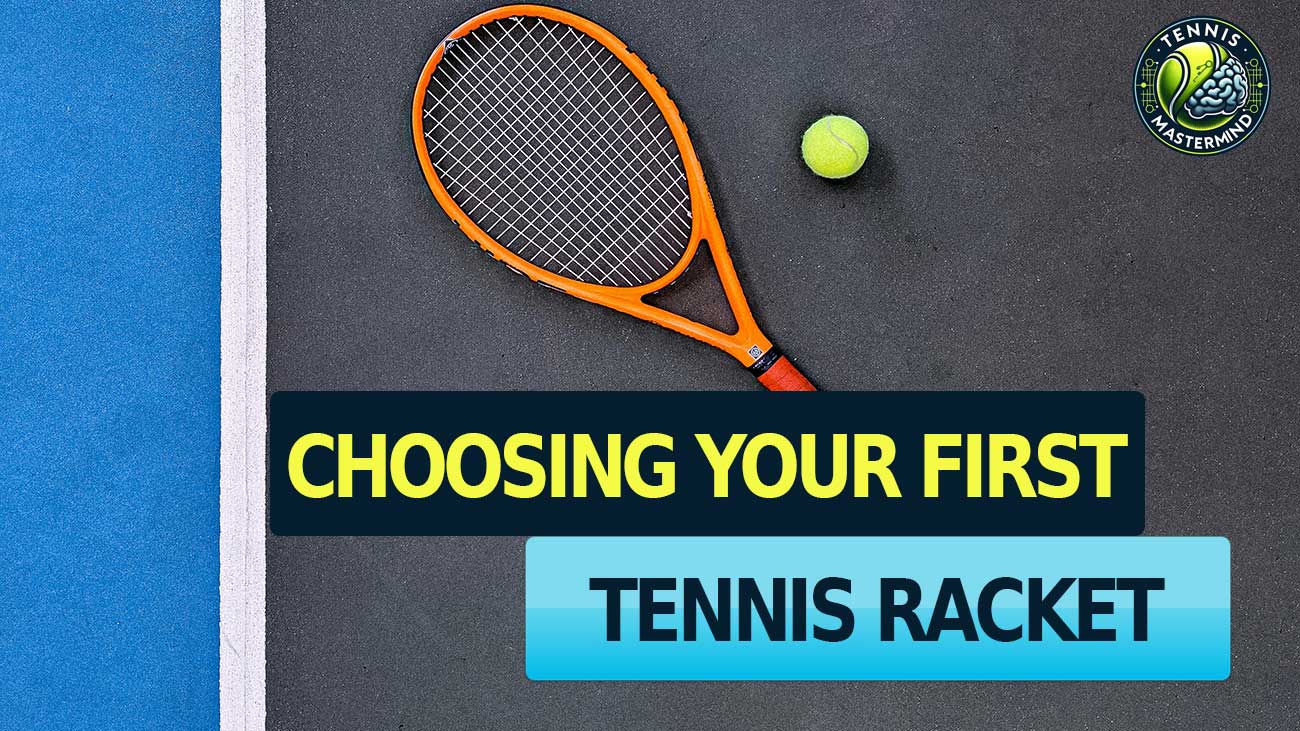Understanding tennis can seem like a maze of rules and terms for newcomers. Interestingly, the game kicks off with a simple coin toss to decide who serves first. This post is here to guide you through tennis rules clearly, ensuring you’ll grasp the basics by the end.
Let’s dive in!
Key Takeaways
- In tennis, you need a racket and balls that meet specific weight and size guidelines to play fairly.
- Players score points by hitting the ball over the net into their opponent’s court without going out of bounds. Scoring goes from love (zero) to 15, 30, then 40. If both players reach 40, it’s called deuce.
- Matches are divided into sets, with men playing best-of-five in majors while women usually play best-of-three. Winning requires leading by two games in the final set.
- The serve is crucial in starting each point in a match, with rules allowing for a second chance if the first serve fails. After every odd-numbered game, players switch sides of the court.
- Practicing different shots like forehands, backhands, drop shots, smashes and slices improves your game. Adding spin can make your hits more challenging for opponents.
Essential Tennis Equipment
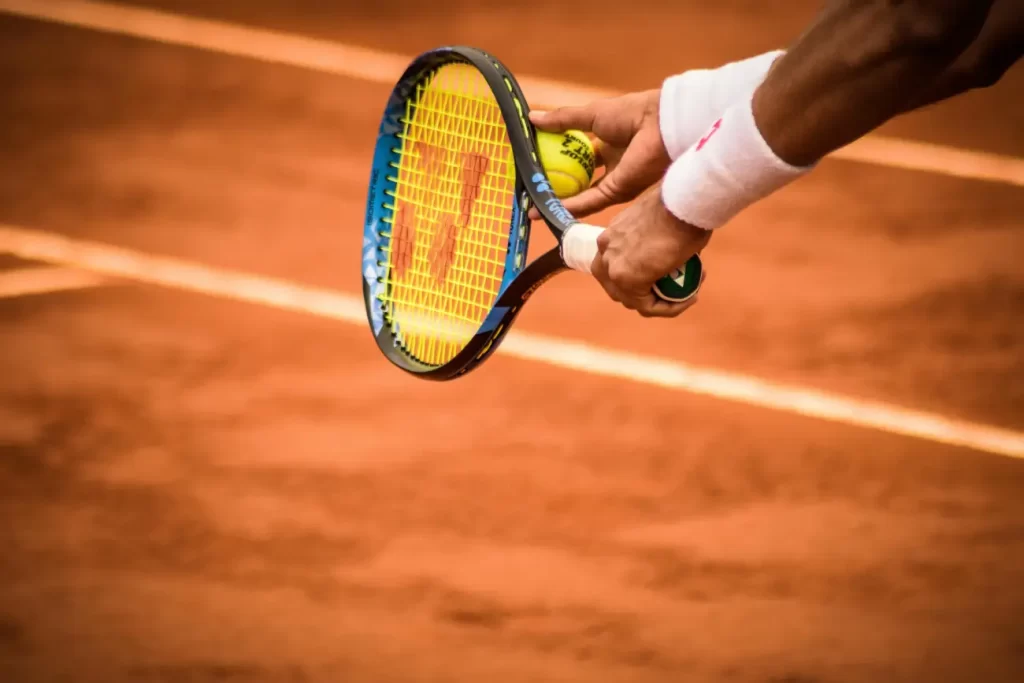
Every tennis player needs a good racket and balls to start playing. The rules specify that a tennis ball must weigh between 56-59.4 grams with a diameter of 6.54-6.86 centimeters, while the racket cannot exceed 73.7 cm in length and 31.7 cm in width.
These standards ensure fairness and consistency across all levels of play, from casual games to grand slams.
Choosing the right equipment can make a significant difference on the court—whether you’re serving an ace or engaging in fast-paced exchanges during doubles or singles matches. With your gear ready, understanding basic game rules becomes your next step to mastering tennis.
Basic Rules of the Game
In tennis, players aim to hit the ball over the net into their opponent’s court. The key is keeping it within marked boundaries to score points.
Scoring Points & Tennis Sets
Scoring in tennis starts at love, or zero. Players move from love to 15, then 30, followed by 40. If both land on 40-40, it’s called deuce. From deuce, a player needs two consecutive points to win the game – the first point takes them to “advantage,” and winning the next seals the game.
This system adds suspense; even if a player is leading, their opponent can still catch up with consistent play.
Tennis matches are split into sets. They can be either best-of-five or best-of-three sets depending on the competition’s rules. For men playing in majors like Wimbledon or Roland Garros – that means battling it out over potentially five grueling sets! Women usually play best-of-three sets in these tournaments.
The uniqueness comes during the final set; there’s no tiebreaker here. Instead, a player must lead by two games to clinch victory – making for some epic comebacks and thrilling match endings!
Tennis Court Boundaries

A tennis court is a rectangle where all the action happens. It includes baselines at the ends and sidelines on the sides. For doubles matches, tram lines extend the width of the court.
The ball must land within these marked areas to count as in play. If it hits any part of these lines, it’s considered good, keeping rallies alive and points scoring.
The surface can influence play, with grass, clay, hard surfaces, or even carpet underfoot defining how fast or slow a game moves. Whether blasting a serve or chasing down a lob shot, players need to be mindful of where they stand too; stepping on or beyond certain lines before hitting the ball results in foot faults—a penalty no one wants!
Understanding the Tennis Scoring System
The tennis scoring system might seem complex at first, but it’s easy once you get the hang of it. Matches are divided into sets and games, with players needing to win a number of each to claim victory.
Scores in a game go from love (zero), to 15, 30, then 40. If both players reach 40-40, it’s called deuce; from there, a player must win two consecutive points to take the game.
To bag a set, one must secure six games but lead by at least two. In scenarios where the game reaches a 6-6 tie, players dive into a tiebreak—a swift decider played up to seven points but with a requirement to lead by two points for victory.
Grand Slam events for men deploy a best-of-five sets format while other tournaments stick with the best-of-three sets rule—mixing endurance and strategy in equal measure as competitors battle out on court surfaces ranging from the clay courts of French Open to the grassy expanse of Wimbledon.
Next up is an overview of key tennis shots that every player uses in their arsenal.
Key Tennis Shots
Mastering key tennis shots is crucial for any player’s success on the court. Forehand and backhand are the basics, hitting the ball with power and precision using either the dominant or non-dominant side respectively.
A drop shot surprises opponents by softly tapping the ball just over the net, while a smash sends it forcefully down from a high bounce or lob. For those tricky moments, a slice adds spin and changes pace, making it harder for rivals to predict where the ball will land.
Players like Serena Williams and Rafael Nadal have shown how effective these strokes can be in winning major titles like the US Open and Australian Open. Their ability to switch effortlessly between powerful smashes and cunning drop shots has thrilled fans worldwide.
With practice, you too can learn to use these shots strategically to outplay your opponents. Next up, let’s dive into how spin can change the game in your favor.
Utilizing Spin in Your Game
After mastering key tennis shots, adding spin to your game elevates your strategy. Spin controls the ball’s direction and trajectory, making it harder for opponents to predict where the ball will land.
Players use topspin, backspin, and sidespin to outsmart their competition on the court.
Different spins create various effects during play. For instance, topspin makes the ball dive faster toward the ground, while backspin slows it down and can make it bounce unpredictably.
Sidespin causes the ball to curve in flight, adding another level of complexity for your opponent. Tennis players who master these techniques can control rallies and place balls precisely where they want them—out of reach!
Overview of a Tennis Match
A tennis match kicks off with a coin toss to decide who serves first. Players then battle it out, aiming to win enough games and sets to claim victory in the match.
Starting the Match
Starting a tennis match sets the stage for an exciting game. It begins with a simple but crucial coin toss to decide who serves first.
- Coin Toss Decision – Before any action, players call heads or tails for the coin toss. The winner can choose to serve, receive, or pick a side of the court.
- Choosing Ends and Service – Following the coin toss, if the winner chooses to serve or receive, the opponent then picks which end of the court to start from. This decision can be influenced by factors like sun position or wind direction.
- Warm-up Routine – Players get a five-minute warm-up to adjust to the court and conditions. They hit all types of shots, including serves.
- First Serve – The serving player starts behind the baseline within the center mark and sideline boundary, ready to send the ball into play.
- Serving Sequence – Tennis matches begin with a serve from one player to another, aiming for the diagonally opposite service box. If the first serve fails without touching any part of the receiver’s side (a fault), they get a second chance.
- Double Fault Penalty – Missing both serves results in a double fault, giving a point to the opponent.
- Ball in Play – Once served successfully, players rally back and forth until someone wins the point by either hitting a shot that lands out of bounds on their opponent’s side or by playing a shot their opponent cannot return.
- Side Switching – After every odd-numbered game, players switch sides to maintain fairness with external conditions like sun glare and wind.
- Continuous Play – After starting, matches continue with alternating serves between players each game until someone wins according to set rules for singles or doubles tennis.
- Etiquette Respect – Throughout this process, players follow tennis etiquette — acknowledging good shots from opponents and maintaining respect throughout gameplay.
Winning the Game
To win a game in tennis, a player must score four points first and lead by at least two points. They start the count at “love” and move up to 15, 30, then 40. If both players reach 40, it’s called “deuce.” From there, to take the game, one needs to win two consecutive points—first achieving an “advantage” and then scoring once more seals the deal.
This system makes every rally crucial and keeps both the server and receiver on their toes.
Winning sets forms another layer of victory. In men’s singles matches at Grand Slams, securing three out of five sets clinches match victory; this showcases endurance and strategy over longer play periods.
For women’s singles and doubles events—and most other professional tourneys—a best-of-three-sets format decides the winner. Nailing these set wins is key for turning individual game victories into overall match triumphs.
Next up: strategies for preparing before stepping onto the court.
Match Preparation Strategies
Getting ready for a tennis match requires both physical and mental preparation. From practicing your shots to knowing your opponent, every detail counts.
- Work on Your Serve – Practice makes perfect, especially with your serves. A strong first serve and a reliable second serve can give you an edge right from the start.
- Master Different Shots – Improve your forehand, backhand, drop shot, smash, and slice. The more versatile you are, the harder it is for opponents to predict your next move.
- Understand Scoring Systems – Be familiar with tie breaks and advantage sets. Knowing how to navigate these can help keep stress levels down during crucial moments in the game.
- Prepare for the Match Format – If it’s a best of three or five sets, train accordingly. Men’s and women’s singles might have different requirements, so adapt your strategy as needed.
- Know Court Boundaries – Spend time learning about lawn tennis court dimensions. Being aware of boundaries can make a huge difference in how you place your shots.
- Study Your Opponent – If possible, watch videos of your opponent’s previous matches. Notice their habits and preferred tennis strokes to plan your game strategy around them.
- Physical Endurance Training – Matches can last for hours. Boosting your stamina through long runs or intense workouts will ensure you’re as fresh in the last set as you were in the first.
- Mental Preparation – Visualize winning points and practice mindfulness to keep nerves at bay during tense moments of the match.
- Practice Under Similar Conditions – If you know the match will be outdoors or indoors, try to train under similar conditions to get used to lighting and wind factors.
- Review Rules Often – Stay updated with International Tennis Federation regulations to avoid any surprises during play.
- Game Plan Strategy – Discuss strategies with a coach or a sparring partner who understands Novak Djokovic’s resilience or Steffi Graf’s aggression and could provide insights into countering aggressive players effectively.
Tennis Etiquette Every Player Should Know
Tennis etiquette goes beyond just knowing the score or how to hold a tennis racket. It’s about respecting your opponent, the game, and yourself. Always serve the ball up in a fair way—players are entitled to two serves per point, so use them wisely without trying to gain an unfair advantage.
Shout “ball up” clearly when sending the ball over to your opponent’s side, ensuring clarity and fairness in play.
Calling shots accurately is crucial; if it’s out, say so but remain cordial and respectful. Legends like Pete Sampras and Martina Navratilova didn’t just excel with their right-handed or powerful shots—they also knew how important sportsmanship was on the court.
Keep noise to a minimum during rallies; excessive grunting or shouting can distract your opponent, which isn’t in the spirit of good competition. After a match, win or lose, shake hands at the net—it’s a sign of respect for your opponent and acknowledges their effort as well as yours.
Effective Practice Drills for Improving Your Game
Mastering basic rules and strokes is essential for anyone looking to improve in tennis. Incorporating effective practice drills can significantly enhance your skills and understanding of the game. Here’s a list of drills that focus on these areas:
- Forehand and Backhand Drill – Start by hitting 20 forehands from the baseline, then switch to 20 backhands. Aim for consistency and accuracy, trying to hit as many shots as possible within the court lines.
- Serve Practice – Spend time practicing your serve. Aim for different spots in the service box to improve accuracy. Start with 10 serves aiming for the wide corner, then 10 down the T, followed by 10 at the body.
- Volley-to-Volley Exchange – With a partner, stand close to the net and rapidly exchange volleys. This drill improves reaction time and volley skills.
- Drop Shot Drill – From the baseline, alternate between hitting deep shots and drop shots. This teaches you how to surprise your opponent and switch up play styles efficiently.
- Ladder Drills for Footwork – Use a ladder or draw one on the court with chalk. Quickstep through each section to improve speed and agility.
- Wall Ball Game – Hit balls against a wall focusing on either forehand or backhand strokes. Try to keep a rally going as long as possible to build stamina and control.
- ‘Around the World’ Shots – Move around the court hitting specific targets or zones as if you are playing points against an opponent but without serving first.
- Consistency Challenge – Rally with a partner or coach to achieve a certain number of hits without errors (e.g., 50 balls in play). It builds patience and endurance.
- Slice Practice Sessions – Work specifically on slice shots, both backhand and forehand slices, focusing on control and placement rather than power.
- Smash Mastery – Practice overhead smashes repeatedly, either fed by a coach or using lobbed balls from a ball machine, aiming to hit them firmly back into designated areas of the court.
Conclusion
Tennis rules might seem tricky at first, but they’re really about hitting the ball over the net and scoring points. Remember, practice and patience go a long way in improving your game.
Keep these guidelines in mind, and soon you’ll navigate through matches with confidence. Whether it’s mastering spins or acing serves—each step takes you closer to playing like Sania Mirza.
So grab a racket, hit the court, and let the fun begin!
FAQs
1. How do you score in tennis?
Scoring in tennis might seem like a puzzle, but here’s the gist: games are scored as love (0), 15, 30, and then 40—odd, right? From there, if both players reach 40, it’s called a “deuce.” To win from deuce, a player must score two consecutive points.
2. Why is Sania Mirza famous in the world of tennis?
Sania Mirza isn’t just any tennis player; she’s a powerhouse known for her formidable doubles play. Capturing numerous titles across the globe – she shines both on and off the court. Her story inspires many to pick up a racket and dream big.
3. Can matches end in a tie when you’re scoring in tennis?
Nope! Tennis doesn’t do ties or draws. Matches are decided by sets—win enough sets,, and you clinch victory. In case of lingering duels,, unique rules like tiebreakers come into play to ensure someone always emerges triumphant.
4. The basics of serving—it sounds simple…right?
Actually,, it’s crucial., A good serve can set the tone of an entire point! It must land diagonally across into the opposite service box without hitting the net—if not, it’s either an error or another try is allowed (a “second serve”). Get this right, and you’re starting strong!
